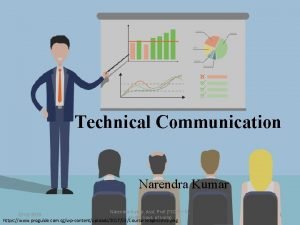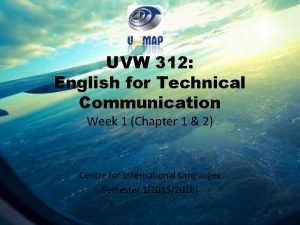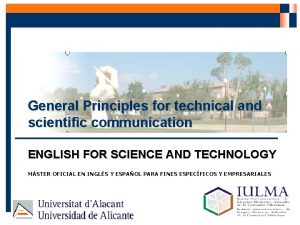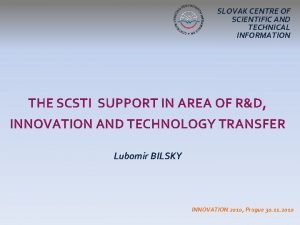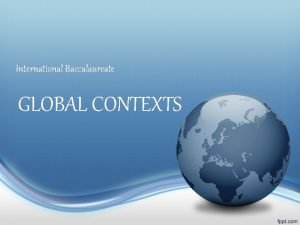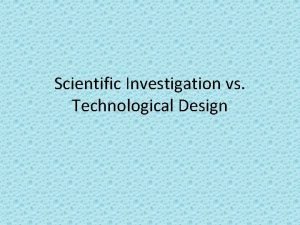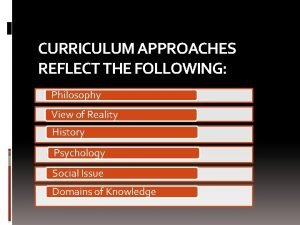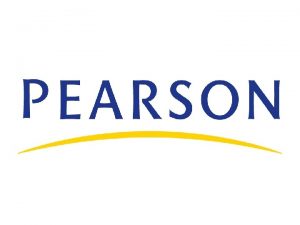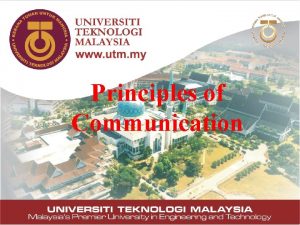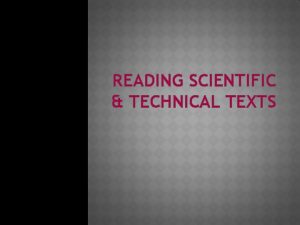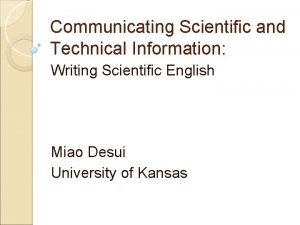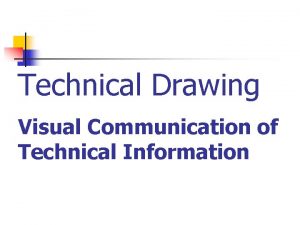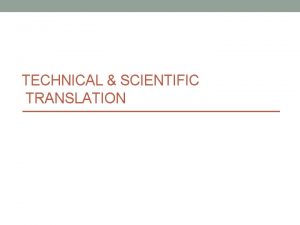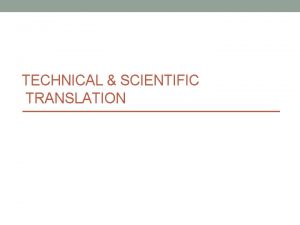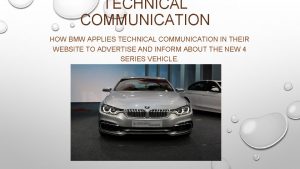General Principles for technical and scientific communication ENGLISH










- Slides: 10

General Principles for technical and scientific communication ENGLISH FOR SCIENCE AND TECHNOLOGY MÁSTER OFICIAL EN INGLÉS Y ESPAÑOL PARA FINES ESPECÍFICOS Y EMPRESARIALES

• Audience • Purpose of the author • Internal Organization of information • Style • Presentation of information ENGLISH FOR SCIENCE AND TECHNOLOGY 2007 -2008

• The first thing you need to consider to be successful in scientific and technical communication is your audience. • The author of a scientific or technical text should have an understanding of the audience’s expectations and prior knowledge, because these will affect other aspects such as the content, the organization of the text, the style and the way the information is presented. ENGLISH FOR SCIENCE AND TECHNOLOGY 2007 -2008

Audience • Who will read, see or hear this information? • What does that audience expect and already know about the subject? • What attitude does the audience have toward it? • What knowledge, experience, or education does the audience have? • Which are the specific needs of that sort of audience? • What kind of details can be more useful for the audience? • What is the most appropriate medium and genre that can be used to fulfill the audience needs? • How can readers most easily and conveniently read, locate, and use information? ENGLISH FOR SCIENCE AND TECHNOLOGY 2007 -2008

• When most people think of technical and scientific communication, they think of a highly specialized document written about a highly technical subject. However, an increasing number of readers need technical and scientific information. ENGLISH FOR SCIENCE AND TECHNOLOGY 2007 -2008

Participants in technical and Scientific communication • Experts: who have advanced knowledge and skills in their field. Understand technical information and language within that field. Handle theory and practical application with ease. • Technicians: who understand technical information and language within their field. Handle practica application with ease. • Professionals (nonexpert): have the education and ability to read and underestand difficult and technical information (although such reading may require study and more than one reading) • Lay (general) audience: Lay audience: Have no specialized education but need practical information. May or may not be highly motivated to read information in full. ENGLISH FOR SCIENCE AND TECHNOLOGY 2007 -2008

• Once your audience has been established, thoughtful and effective communication requires a sensitive understanding of the knowledge level and expectations of those who need the information. ENGLISH FOR SCIENCE AND TECHNOLOGY 2007 -2008

Style • Precision • Conciseness • Clarity ENGLISH FOR SCIENCE AND TECHNOLOGY 2007 -2008

Purpose • Audience and purpose are interconnected. If the audience knows less than the writer, the writer’s purpose is often instructional (as in a textbook). If the audience knows more than the writer, the writer’s purpose is usually to display familiarity, expertise and intelligence. (e. g. a graduate student who writes an assignment) ENGLISH FOR SCIENCE AND TECHNOLOGY 2007 -2008

Presentation • Information design External organization features: chapters, sections, paragraphs. Internal organization of information • Elements of page design White space Type size, style Fonts Visual elements: Icons, boxes, emphasis markers within text… ENGLISH FOR SCIENCE AND TECHNOLOGY 2007 -2008
 Role of technical communication
Role of technical communication Technical communication
Technical communication Principles of science
Principles of science Slovak centre of scientific and technical information
Slovak centre of scientific and technical information Academic writing and technical writing difference
Academic writing and technical writing difference 6 global contexts
6 global contexts Technological design and scientific investigation
Technological design and scientific investigation Humanistic-aesthetic approach
Humanistic-aesthetic approach Information gathered during an experiment
Information gathered during an experiment How is a scientific law different from a scientific theory?
How is a scientific law different from a scientific theory? Technical communication process and product
Technical communication process and product
